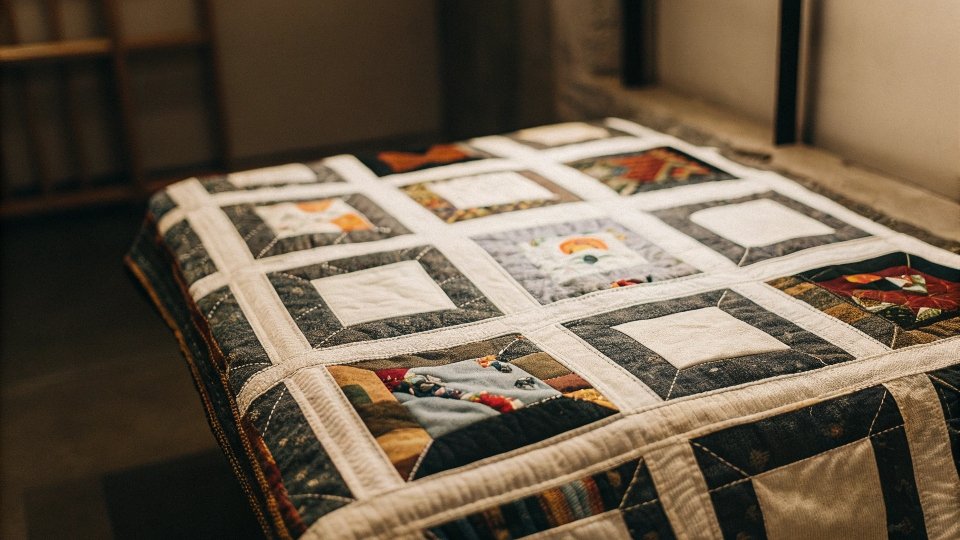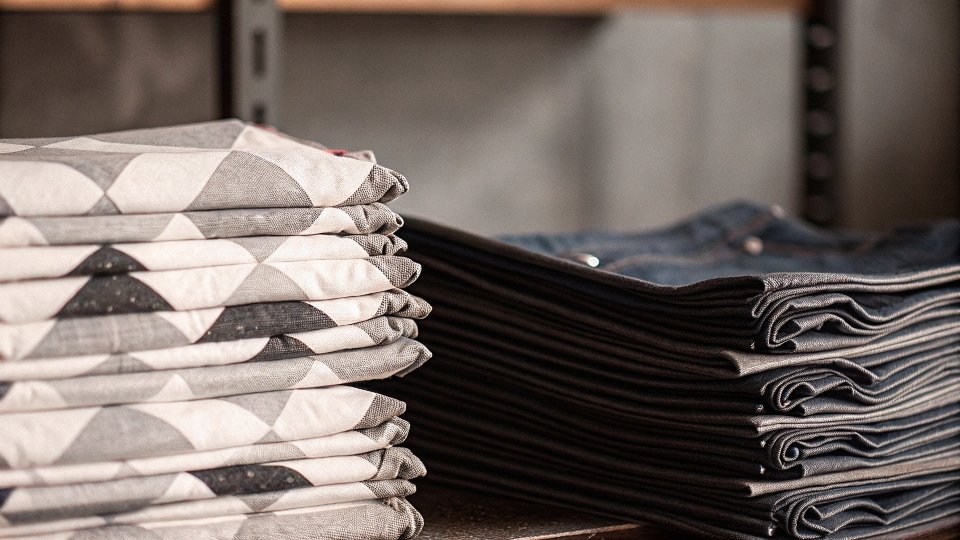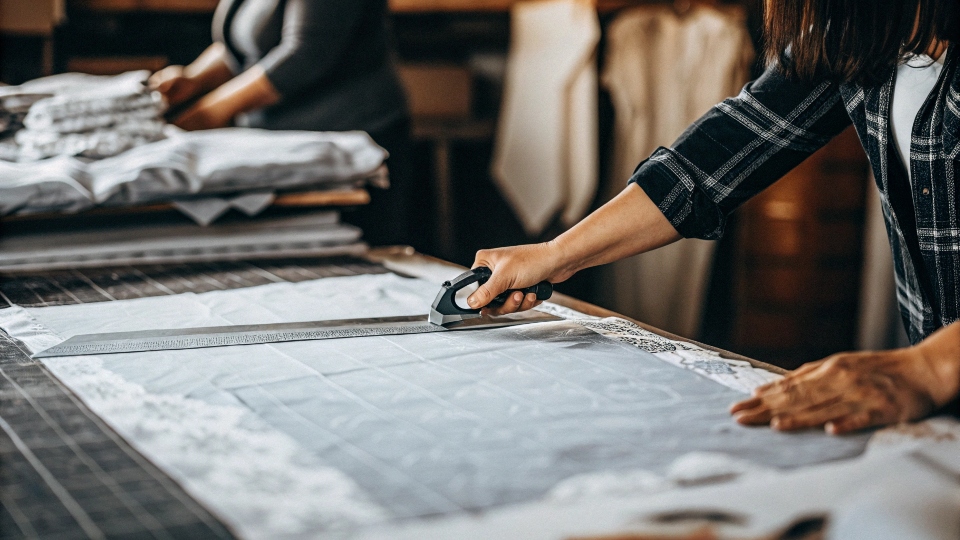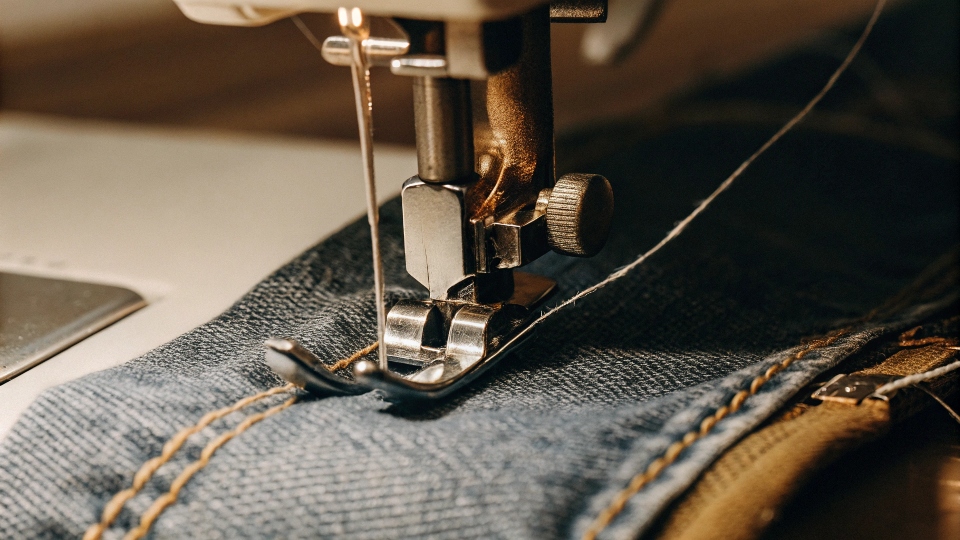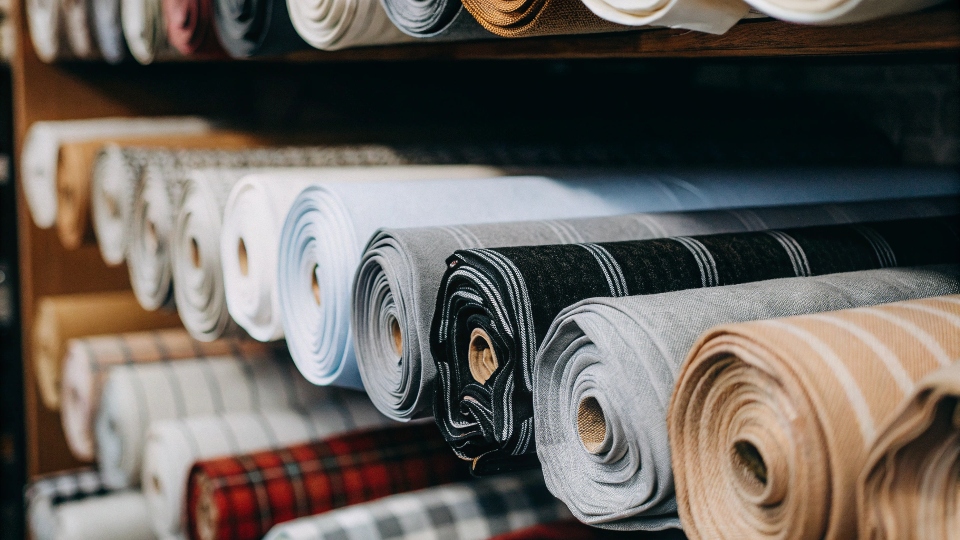You have old jeans and favorite T-shirts you can't bear to throw away. But they just sit in a closet, taking up space and gathering dust.
Yes, you can absolutely make a blue jean and T-shirt quilt1. This popular project combines the sturdiness of denim with the personal memories from your shirts, creating a durable, meaningful keepsake.
I've spent my life working with denim, seeing it transformed in countless ways.
While we don't make quilts in my factory, the principles of handling fabric are the same. A designer like Dean would appreciate this kind of creative upcycling.
It's a fantastic way to give old garments new life. Let’s look at what you need to know before you start cutting.
How Many Pairs of Jeans Do You Really Need for a Quilt?
You want to start your quilt but have no idea how many jeans to collect. You're worried you won't have enough, or you'll gather way too many.
For a standard throw-size quilt2 (about 50x60 inches), you will need around 3 to 4 pairs of adult jeans3. For a larger twin-size quilt, plan on using 6 to 8 pairs.
The usable fabric on a pair of jeans is mostly in the legs. That's where you'll get your largest, cleanest squares. Pockets, thick seams, and rivets are usually discarded.
From one pair of adult jeans, you can realistically expect to get about eight to twelve 6x6 inch squares. The final number really depends on your design.
Are the jeans the main feature, or just a border? If you're mixing them 50/50 with T-shirt squares, you'll need fewer pairs. I always tell people to collect one or two more pairs than they think they need.
It's better to have extra material to choose from, especially if you find a tear or a worn-out spot you didn't notice before. It's a simple way to avoid a lot of frustration later on.
How Many T-Shirts Do You Need for a T-Shirt Quilt?
You have a drawer full of memorable T-shirts. You want to feature them all in a quilt, but don't know how many will fit into your design.
Most T-shirt quilts4 use between 12 and 36 shirts. A small throw quilt featuring 12x12 inch panels5 will typically require about 20 T-shirts, using one graphic per shirt panel.
The key here is the size of the graphics on your shirts. The standard panel size is 12x12 inches, which works for most logos and designs. If you're using large concert T-shirts (like an Adult XL), you can easily get a 14x14 inch panel or even larger.
But if you have smaller shirts, or the graphic is tiny, you might need two or three shirts to fill the same space as one large one. Remember, you can't use the whole shirt.
The collars, seams, and sleeves get thrown away. I recommend laying out all your shirts first. Decide which graphics are non-negotiable and measure them.
This will give you a much better idea of how many you'll need to create the quilt size you want. Always have a few extra shirts on hand just in case a cutting mistake happens.
Is It Actually Possible to Quilt with Denim?
You're ready to sew, but your machine struggles with the thick denim. The needle keeps breaking, and your stitches look uneven. You're afraid you'll break your machine.
Yes, you can definitely quilt with denim, but you must use the right tools. A heavy-duty needle6 (size 16 or 18), strong thread, and a slight adjustment to your machine's tension are essential.
Denim is a tough, heavy cotton twill. It's not like the lightweight cotton quilters usually work with. In my factory, our machines are industrial giants built to handle this material eight hours a day. Your home machine can do it, but you have to help it.
-
The Needle is Key
A standard needle will bend or snap. You need a "jeans" or "denim" needle, size 16 or 18. This type is designed with a stronger shank and a sharper point to pierce the dense fabric without shredding it. -
Reduce Seam Bulk
When you sew two denim pieces together, the seam is very thick. Instead of pressing the seam allowance to one side like you normally would, press it open. This distributes the bulk evenly and makes it much easier for your machine to sew over any intersecting seams. -
Sew Slowly
Do not try to speed through it. Sew at a slow, consistent pace to give the machine time to form each stitch properly. This will prevent skipped stitches and broken thread.
What Is the Best Backing for a Denim Quilt?
You've finished your quilt top, but now you're stuck. You need a backing fabric that is strong enough to support the heavy denim, but also comfortable and cozy.
The best backing for a heavy denim quilt is either flannel or a wide-back quilting cotton7. Flannel adds warmth and softness, while wide-back cotton is strong and eliminates seaming.
The backing has an important job. It has to support the weight of the denim and T-shirt top without stretching or puckering.
| Fabric Type | Main Benefit | Key Consideration |
|---|---|---|
| Flannel | Softness and warmth | Must be pre-washed to prevent major shrinkage |
| Wide-Back Cotton | No seams needed, very practical | Less cozy than flannel, more functional |
Flannel is my personal favorite choice for a denim quilt. It's soft and creates a really comfortable, warm quilt perfect for a couch.
But you must pre-wash it. Flannel is known for shrinking a lot, and you don't want it to shrink after your quilt is finished. Wide-back cotton is the most practical choice.
It comes in 108-inch widths, which is big enough for most quilts without having to sew backing pieces together. Avoid using anything too lightweight like a bedsheet; it will not be able to handle the weight of the denim top.
Conclusion
A jean and T-shirt quilt is a wonderful way to preserve memories. With the right preparation and tools, you can successfully combine these two fabrics into a lasting keepsake8.
-
Explore this resource to learn detailed steps and tips for creating a beautiful quilt from your old jeans and T-shirts. ↩
-
Understanding quilt sizes is crucial; this link will provide insights into standard dimensions and their uses. ↩
-
Find out how many jeans you need for your quilt project to ensure you have enough material without excess. ↩
-
This resource will help you understand the sizing for T-shirt quilts, ensuring your design fits perfectly. ↩
-
Learn why panel size matters in T-shirt quilts and how it affects your design and layout. ↩
-
Discover the importance of using the right needle for quilting with denim to avoid machine issues. ↩
-
Learn about the practical benefits of wide-back cotton, especially for heavy quilts like denim. ↩
-
Discover the sentimental value of creating a quilt from old garments, preserving memories in a unique way. ↩

